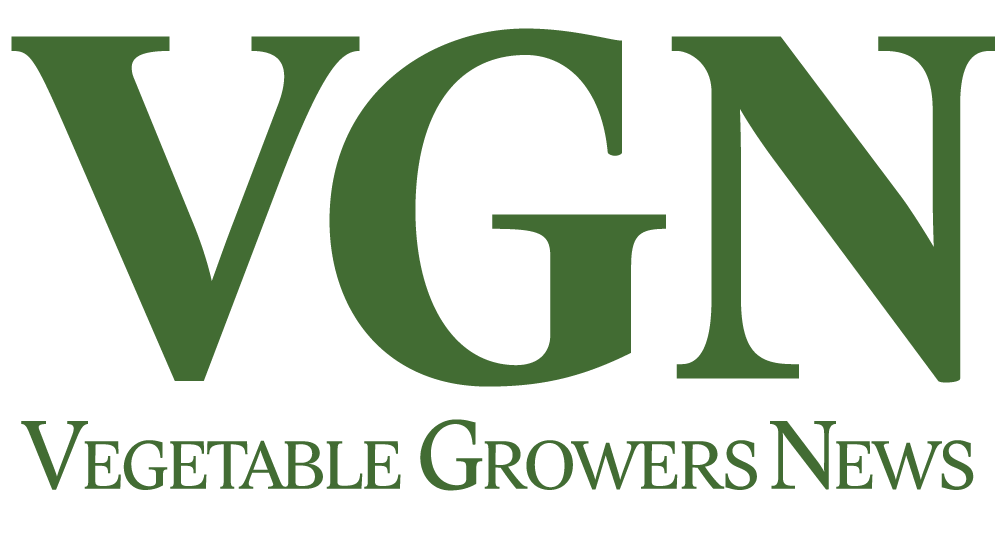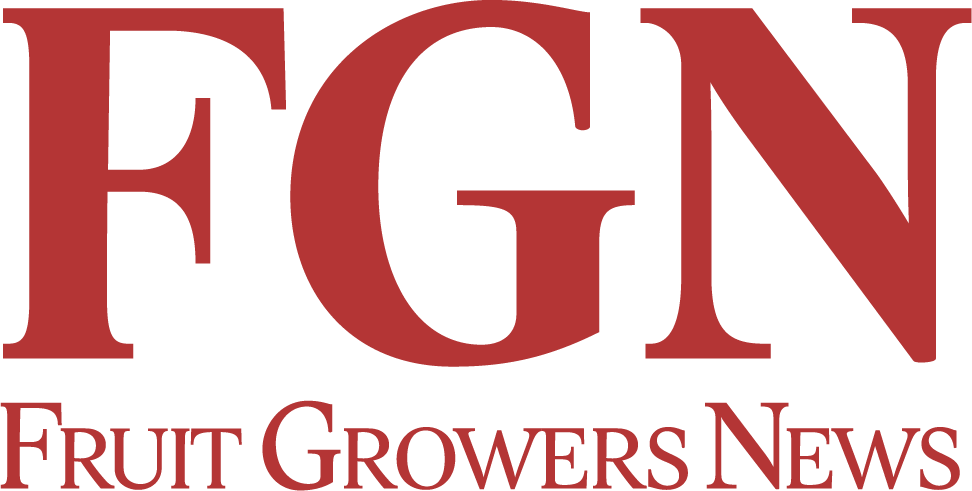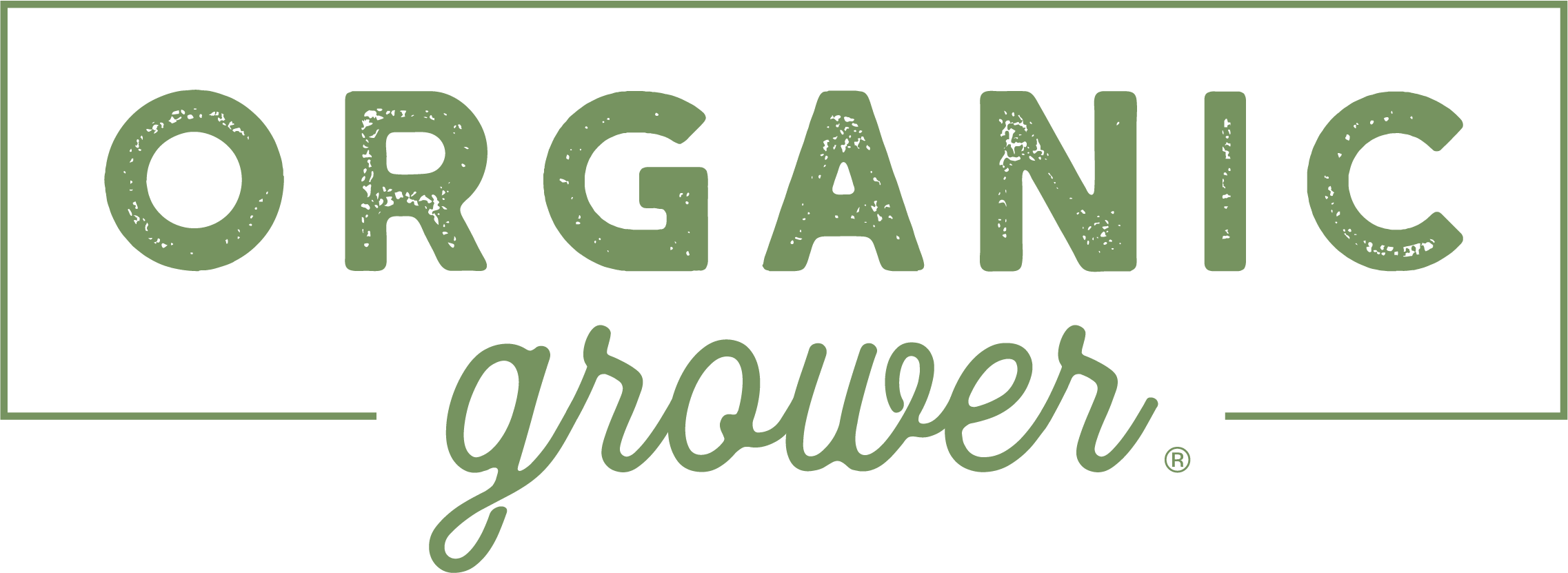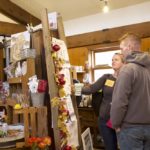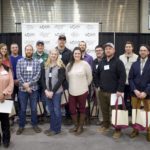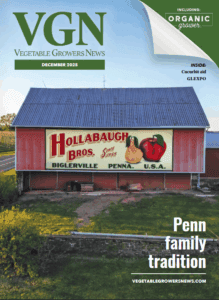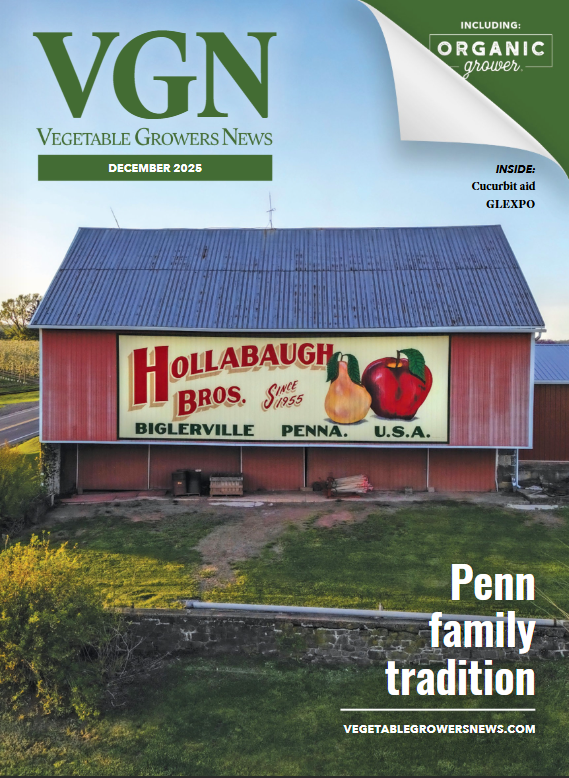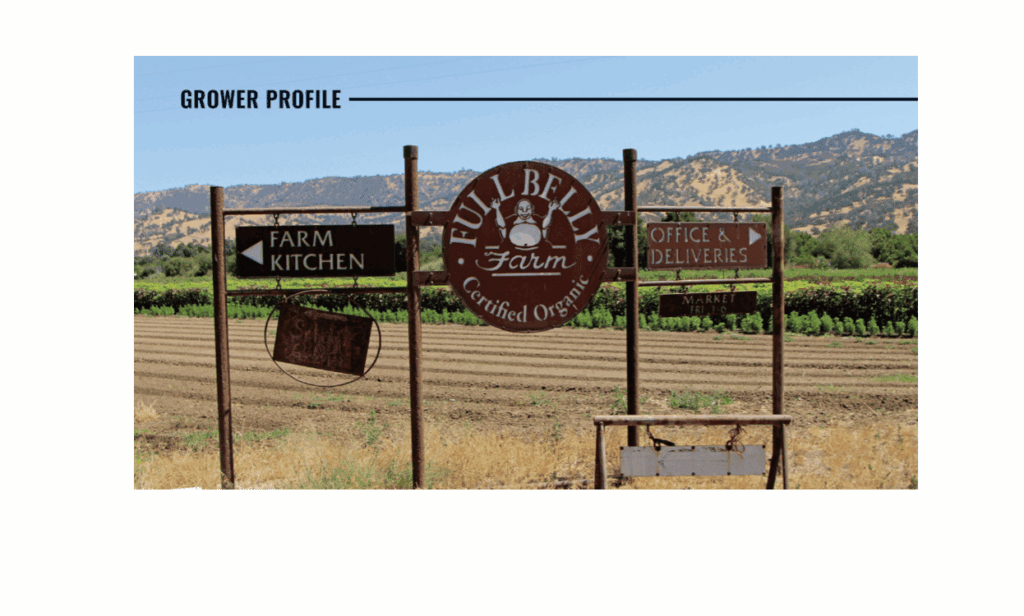
Jul 28, 2025Full Belly Farm balances the practical with the ecological
Diversification and sustainable growing practices are key elements in the recipe of success for Full Belly Farm, which grows a large mix of fruit, vegetables and nuts in California’s picturesque Capay Valley west of Sacramento.
Employing certified organic growing practices since the mid-1980s, Full Belly grows more than 80 different types of produce, ranging from asparagus and broccoli to winter squash.
The catalog includes a variety of leafy greens including spinach, salad mix and kohlrabi, as well as cabbage, carrots, cauliflower, sweet corn, green beans, peppers, onions and strawberries. It also grows tree fruit and nuts including peaches, nectarines, almonds, walnuts and figs. Tomatoes, potatoes, hard winter squash and melons are the farm’s biggest growing items.
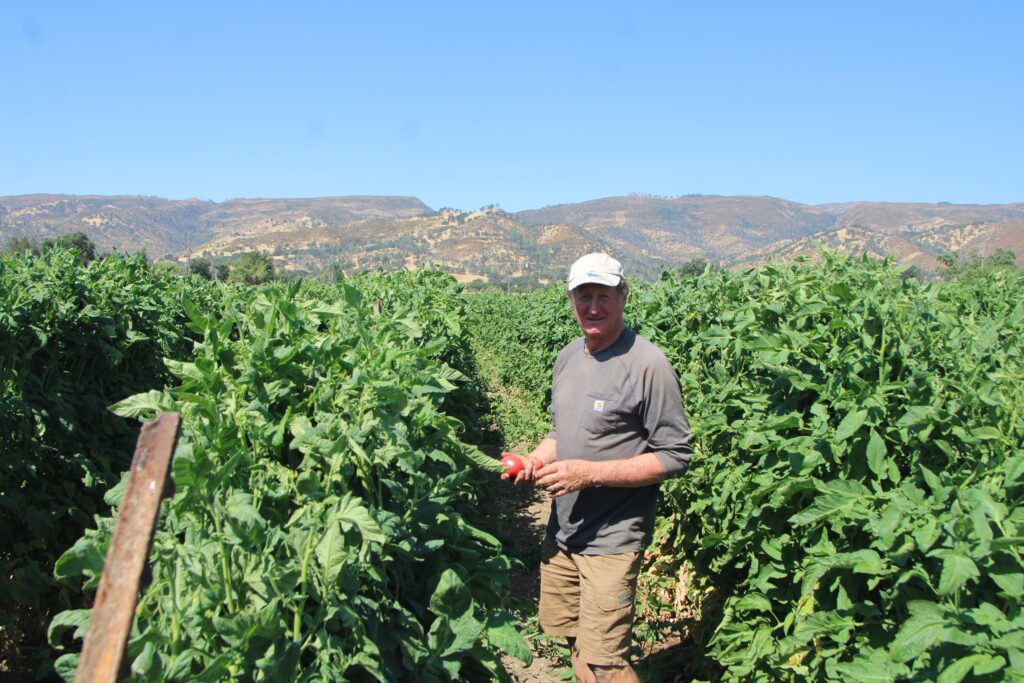
Full Belly began growing a handful of crops in a production system designed for year-round planting and harvesting.
“We’ve developed the farm where we have a year-round cropping and cashflow,” said Paul Muller, one of the farm owners. “We have crops we store and sell through the winter. That allows us to have year-round and stable employment for our crew.”
Full Belly Farm’s cover crops generate fertility to feed vegetable production systems when fields aren’t in production or hosting crops. Photos by Doug Ohlemeier.
Big crop mix
Full Belly’s customer base is also diversified. It sells through a CSA (community supported agriculture) program that delivers to 1,200 families in San Francisco Bay and Sacramento area neighborhoods, through farm markets as well as restaurants, stores and wholesalers within a 120-mile radius of the farm.
“We have to be nimble and focus on marketing as much as we focus on production,” Muller said. “We’ve developed a pretty diverse market strategy in order to find places where we can look to sell for the highest return per unit of production. Long ago, we realized that we grow what we know we can sell for a fair price.”

If broccoli prices are abnormally low, for example, the farm might place more in the CSA boxes and push more at the farmers markets.
Full Belly educates shoppers through its CSA boxes by sharing timely updates about agriculture and what’s happening at the farm that week. The information also touches on growing challenges, such as too much or too little rain. At three Bay Area farm markets, a farm partner informs shoppers about the produce they’re selling that week.
Soil future
Soil health is a big focus of the farm, which takes leaf samples, conducts sap analysis, reviews water holding capacity and employs water retention.
 “We are trying to optimize winter rainfall and plant moisture, and have those crops grow as far as they can before we apply irrigation water,” Muller said. “We’re mindful of using the most efficient systems that are appropriate for the crops we’re growing, like using micro-sprinklers in our trees.”
“We are trying to optimize winter rainfall and plant moisture, and have those crops grow as far as they can before we apply irrigation water,” Muller said. “We’re mindful of using the most efficient systems that are appropriate for the crops we’re growing, like using micro-sprinklers in our trees.”
Full Belly focuses on boosting the soil’s total dynamic output by incorporating as much carbon as possible. The farm manages the carbon’s digestion by carefully timing crop introductions and making, purchasing and applying compost. The practices teach Full Belly much about soil health. For example, if a grower is nitrifying microorganisms that go to sleep in the soil, the microorganisms are not working for the grower, Muller said.
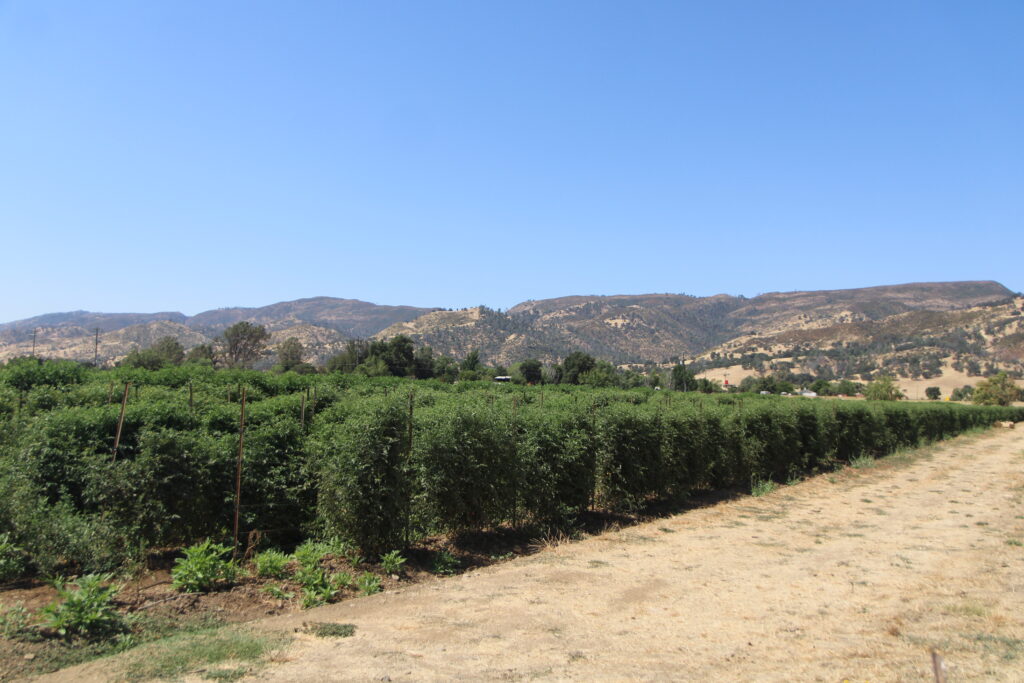
“We’re really trying to learn more about the dynamics of soil, and we’re following a lot of the lessons that other farmers, lecturers and soil scientists are talking about in how to optimize soil health,” he said. “We’re not shooting for the perfect; we’re shooting for the good. We’re trying to find the balance where we’re optimizing what the soil micro life can provide us. It’s a continuum of learning as people pay more attention to soil and soil’s key role in sustainability.”
Attracting beneficials
As California’s climate allows for winter cover cropping, Full Belly works to generate as much fertility as possible to feed the vegetable production system, planting cover crops when fields aren’t in production or hosting crops. During the spring, the farm works out the winter cover crops by rolling or flail mowing, leaving mulch on top of the ground before planting summer cover crops.
The cover crops are a mix of interplanted carbon-accumulating plants including alyssum and other flowering plants that feed soil micro life but also fuel insect life and nitrogen fixing plants, allowing Full Belly to harvest more nitrogen and build fertility for the following season.
Myriad insects, including beneficials, feed on the cover crops. Because of the year-round pollen and nectar, the farm isn’t required to import pollinators for its melons.
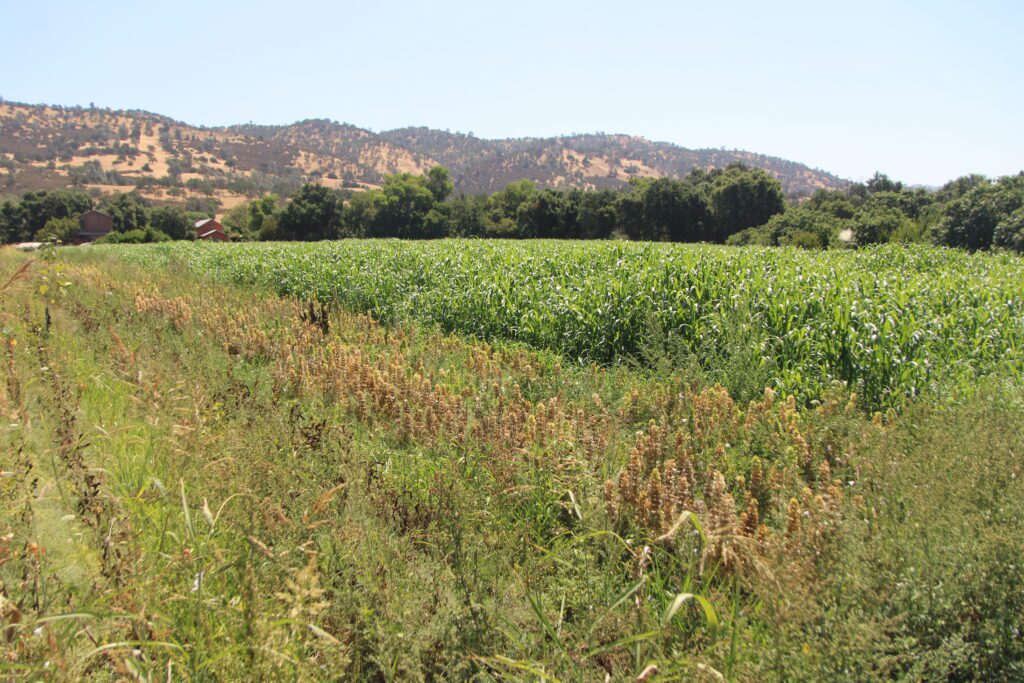
“We’ve designed the farm with insectary areas, so there’s generally always some pollen and nectar available for beneficials,” Muller said. “We want to have something other than just the crop. We’re trying to grow more diversity per acre so we can support more types of life in that diversity. It goes beyond just just growing a crop. You’re trying to add more things to make that amount of water and care that you’re adding to create a more dynamic system.”
Farm-wise consumers
Agritourism is important in educating consumers about agriculture’s importance. Full Belly hosts numerous outreach activities, including educational tours, school group visits, farm dinners and the yearly Hoes Down Harvest Festival, which celebrates rural life and sustainable food production.
While some farmers hesitate to invite visitors due to concerns about on-farm safety, Muller believes it’s more important to build a community of people who understand where their food originates. That includes welcoming u-pick visitors and school groups to share in the experience.
“They can go out and pick strawberries, knowing how and where they grow,” he said. “Having that direct experience is absolutely crucial for the survival of farms in having consumers who will rise to the defense of farmers because they understand a little more about farming. We feel like part of our mission is to provide access to more information and people who want to come to a farm and understand what farming is about.”
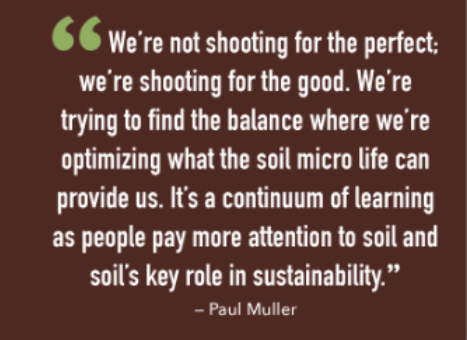
Paul grew up on a farm and met his wife, Dru Rivers, a founding force behind the Ecological Farming Association, when she was running UC Davis’ student farm. In the early 1980s, the couple committed to organic farming and searched for different ways to farm to avoid pitfalls many farmers were facing during the farm crisis of that time that drove many farmers out of business.
The couple later added partners, and today the farm is owned by Paul and Dru, their sons Amon and Rye, daughter Hannah, Amon’s wife Jenna, Andrew Brait and Judith Redmond. The farm later became an S corporation to enable business peers to join the business.
“We’re cautious,” Muller said. “We’re not adventuresome in terms of wanting to have the biggest farm in the world, but we’re trying to do the pieces that make this farm work economically, ecologically and socially.”
